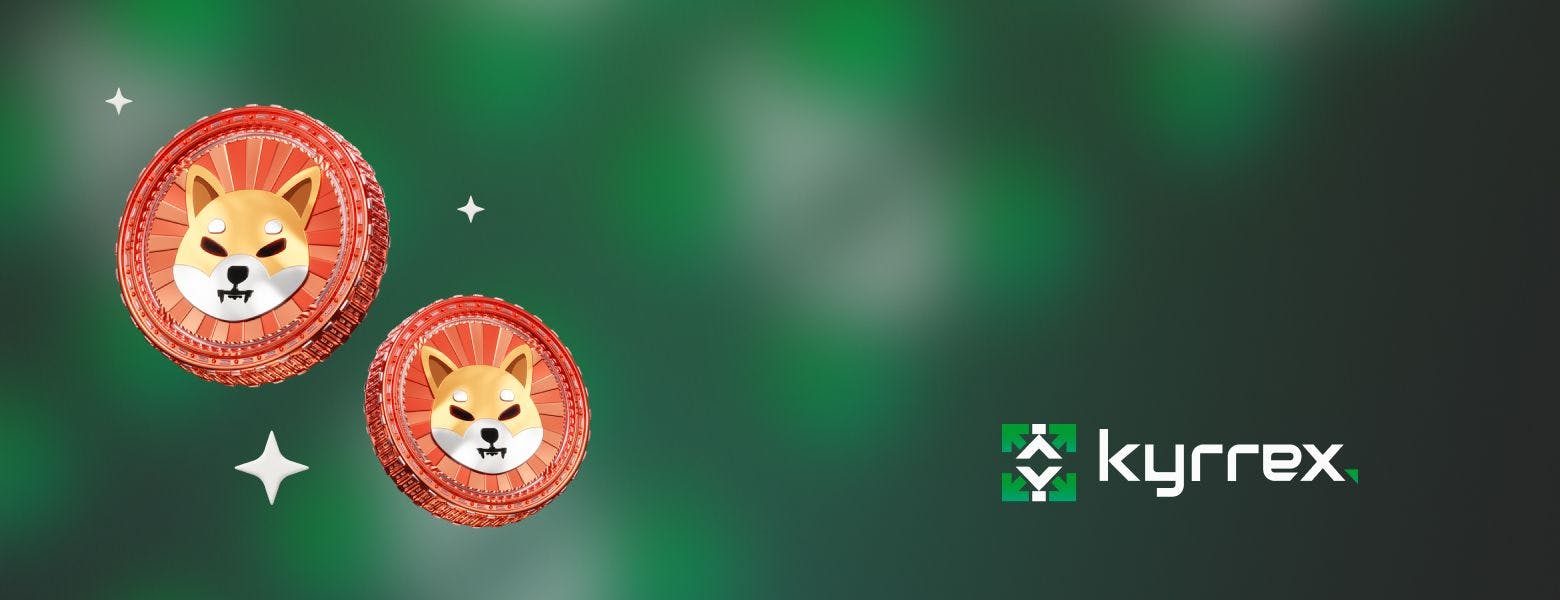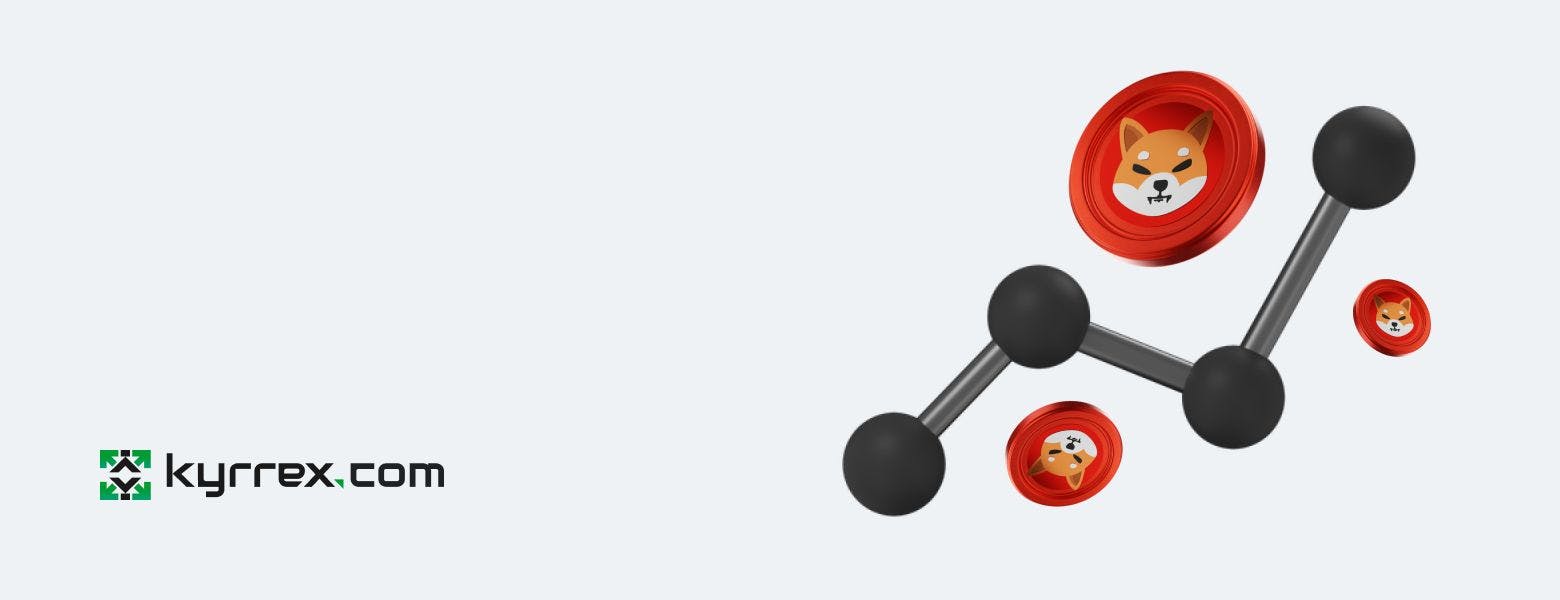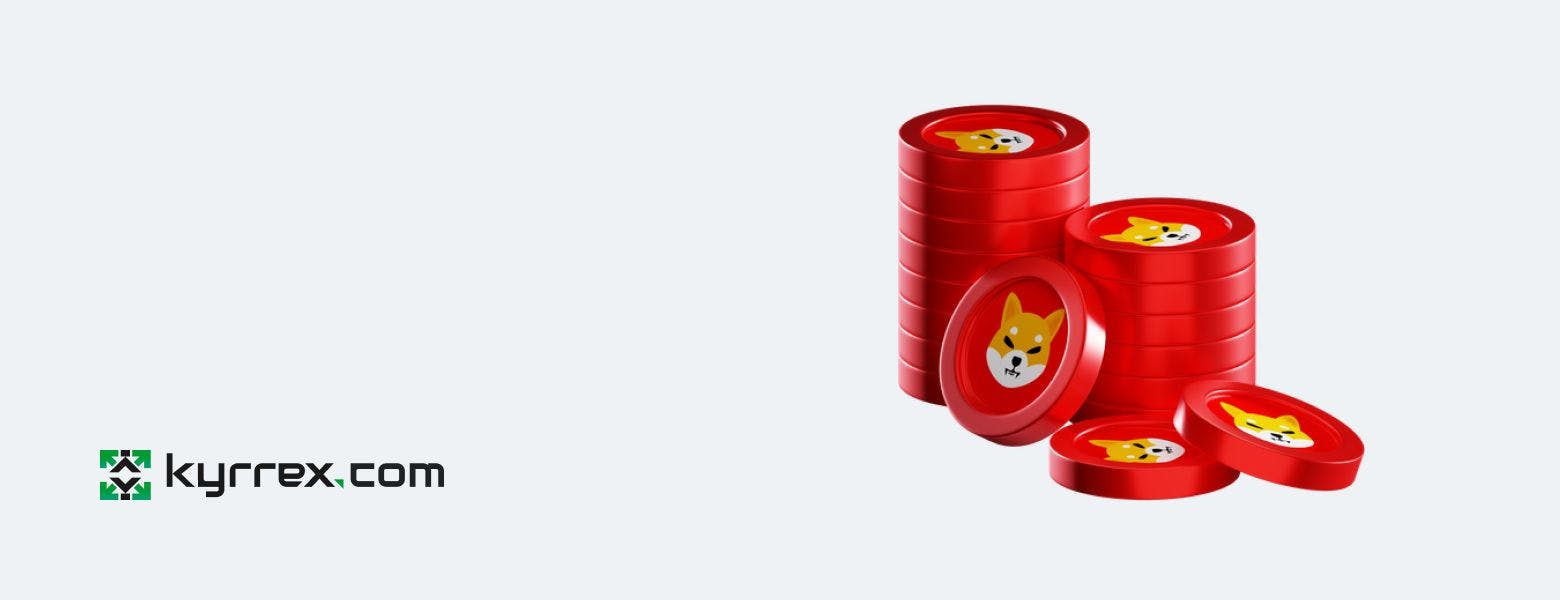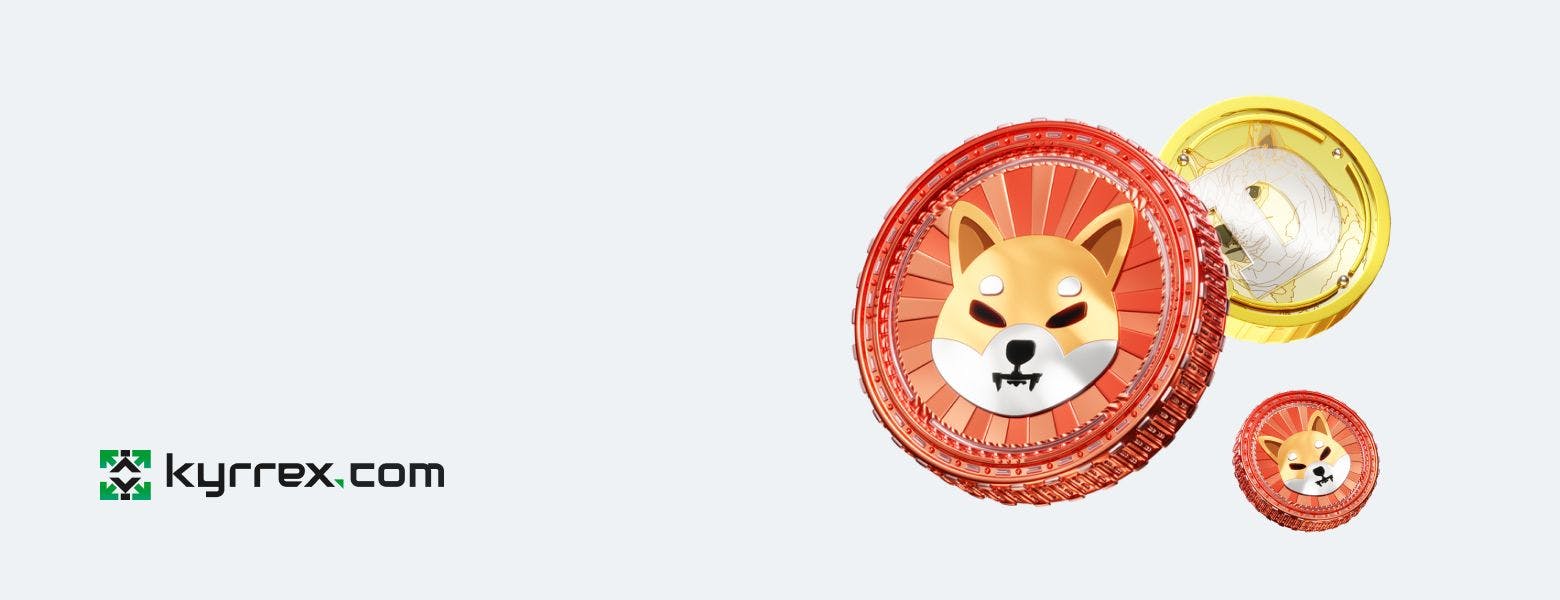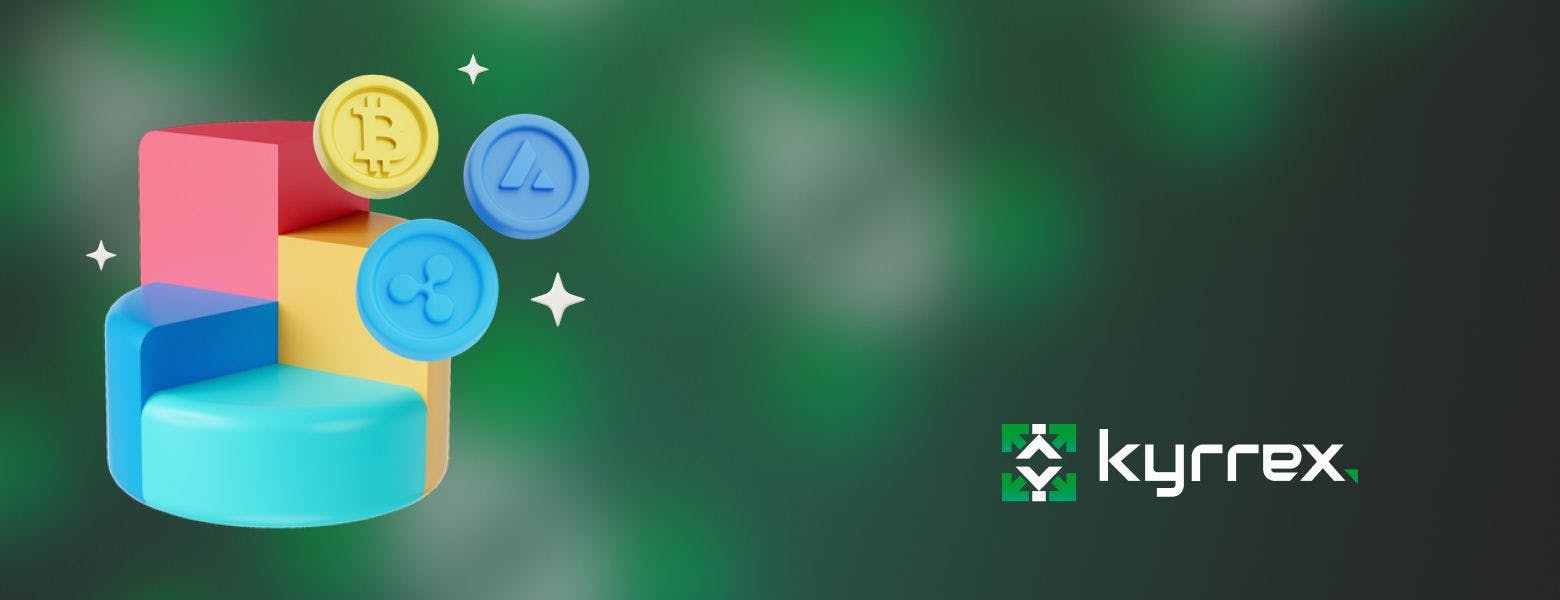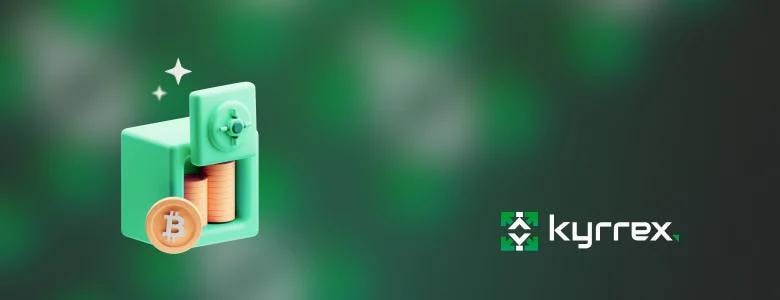
Why Crypto-Fiat Banks are Getting Trendy

Since the introduction of cryptocurrencies into the systems of personal, corporate, and national finance and economics, the tangent of banking and accounting operations has changed. The nature, extent, and even efficiency of business operations have changed alongside this tangent such that more individuals, and business and governmental establishments are investing their time and capital in the new wave of blockchains and cryptos.
However, the fact that cryptocurrencies and their associated opportunities are getting increasingly popular does not mean that there are no challenges or difficulties to their continued use. Cool cryptocurrency trends like NFTs (non-fungible tokens), digital fractionalization (and tokenization), and lots more have stimulated our imaginations and redefined our way of thinking. Even so, unifying these spectacular concepts with the traditions of finance and accounting that we are familiar with is a herculean task.
The idea of a crypto-fiat bank to tie the old way to the new is a novel idea. With crypto-fiat banks like Kyrrex taking the lead, it is only a matter of time before digital crypto banking perfectly merges with all aspects of our financial lives. Then the blockchain revolution would have completed a circle, and we can move to the next phase of the evolutionary landscape.
In this article, we touch on why crypto-fiat banks are getting trendy. We do this by providing explanations for the divide between traditional banking/accounting and digital crypto banking. We also contextualize the similarities and differences between cryptos and fiat currencies. After this, we highlight the problem of integrating crypto assets and fiat currencies and the need to solve the puzzle. Lastly, we present the first global crypto-fiat bank and use its features to understand what exactly solid crypto-fiat banks have to offer us.
Traditional Banking/Accounting Versus Digital Crypto Banking
The banking landscape is broader today than ever, and it appears to be expanding further and further into everyday life. It is more acceptable to say that the landscape is branching out than to say that it is merely growing. This is because the traditional banking framework is no longer sufficient for offering solutions to customer demands. This is especially the case when the boundary lines for service quality underscore growing demands for customer protection, data privacy, increased customer convenience and control, and other attributes of the new era.
The Shortcomings of the Traditional Banking System
Is there a difference between the old and the new? That is a good question. At first glance, it would seem as if the divergence between traditional banking/accounting and digital crypto banking is a matter of the application of advanced information and communications technology (ICT). This might explain why the banking and financial sector remains subject to all kinds of digital innovativeness, along with their inherent and representative risks and returns. But that is not all there is to the story.
Many variables characterize traditional banking and distinguish it from its present-day cousin. These include economies of scale, physical distribution networks (where the principal-agent interaction is determined by physical accessibility), limited management capacities, overreliance on ‘heavy’ dated equipment rather than the ‘handy’ technological improvements fintech companies are identified by, and more.
The Evolution of Digital Crypto Banking as a Solution to the Inadequacies of Traditional Banking

The apparent insufficiency of traditional banking may be attributed to such factors as customer expectation and experience, and transaction variables such as scale, speed, and convenience). Thus, the application of technological innovations (within which innovations like blockchain networks, cryptocurrencies and assets, and decentralized applications of financial management) have been used to annex customer loyalty and patronage.
Consider one of the most important aspects of banking/accounting often overlooked by the traditional financial management system: customer expectation and experience. Modern customers want greater control over their assets. Therefore, banking stakeholders and agents must personalize (or customize) every service to meet customer demands.
This is the era of seamlessness and so the very existence of interconnectedness (in the form of web services) poses challenges that are far greater than what traditional banking can handle. And this is not including the benefits of distributed ledgers. So, with digital crypto banking prioritizing needed elements of financial services like asset diversity, transaction efficiency, and inclusiveness, more people are likely to join the crypto wagon.
The wagon of crypto banking guarantees higher efficiency, a minimized need for constant human supervision, complex encryption frameworks (and therefore higher security and significantly reduced risk of hacking and theft), low costs, elimination of geographical barriers, increased speed of transactions, and a seemingly unlimited and uncharted field of options and operations, and premium customer experience, among others.
Cryptos and Fiat Currencies: Common Ground and Differences

Irrespective of the deep footprints of blockchain innovations, there is still a lack of clarity regarding the divide between cryptos and fiat currencies.
Common Ground
1-Unit of Account
Both cryptocurrencies and fiat currencies are used to measure the value of products and services. We have come a long way from the barter system, but there are still vestiges of it in the contemporary. Fiat currencies (like the US dollar, euro, British pound, the Japanese yen, etc.) are well-known units of account in some of the developed regions of the world. However, cryptocurrencies like Bitcoin, Ethereum, Uniswap, etc., are also gaining recognition as units of measurement for products and services.
2- Medium of Exchange
Once again, the barter system is the oldest system of exchange known to modern man. Beyond cryptocurrencies and fiat currencies being used to measure the exact/perceived value of goods and services, these currencies also serve as mediums of exchange. As such, 50 US dollars can be used to exchange for a piece of old clothing, for example. Similarly, 0.04BTC may be used to buy shares in a company.
3- Store and Transfer of Value
Beyond their mutual usefulness as mediums of exchange, fiat currencies and cryptos can be used to store and transfer value. In essence, having 1ETH or $230,000 is equivalent to potentially owning something worth these prices.
All in all, both fiat currencies and cryptocurrencies have the same traditional characteristics of money. In the book, DeFi and the Future of Finance by Ashwin Ramachandran, Campbell Harvey, and Joey Santoro, these characteristics were listed to include durability, portability, divisibility, uniformity, limited supply, acceptability, and stability.
Differences between Cryptos and Fiat Currencies

1-Form
The main differences between cryptos and fiat currencies have to do with their forms and valuation. Fiat currencies are generally tangible (that is, physical). As such, one individual can dip their hands into a bag and hand you a bundle of money. Of course, they can also digitally transfer this money to you, which is where there is a bit of a gray area in the differentiation between fiat and cryptos.
Cryptos do not have a physical form. Instead, they are virtual. So, you cannot use any kind of teeth to check their authenticity or use the sun to validate their genuineness.
2-Government roles
Fiat currencies are issued by governments and governed by central banks. You cannot create them by simply printing out paper bills (what Bryan Dawe and John Clarke of Clarke and Dawe humorously called quantitative easing). Instead, the responsibility of deciding the volume/quantity of a fiat currency in any locale at any point in time rests with the government.
With cryptocurrencies, there is more breadth for acquisition and distribution. The currencies are created by decentralized and distributed computing, and users mine them. Regarding the value of these currencies, the majority is the ultimate judge—what is called a network consensus.
3-Transaction speeds, costs, and reversals
Fiat currencies often take a while to change hands especially when geographical distance is a barrier. Also, because banking institutions generally supervise transactions, there are always added costs that might amount to as much as 1%. However, transactions can be reversed in the case of errors.
Cryptocurrencies are the exact opposite. Transactions are relatively speedy with the longest taking 20 to 35 minutes on average. They are also cheaper in terms of transaction fees. However, it is impossible to reverse crypto transactions in the case of errors.
Solving the Crypto-Fiat Puzzle with Regulated Crypto-Fiat Banks
Despite the differences between cryptocurrencies and fiat currencies, it is not so easy to transition from the latter to the former. Considering that the global economy is still significantly driven by fiat currencies, cryptos still have a while to go before taking over the global financial system and ushering in the idyllic and novel blockchain scheme.
This is where crypto-fiat banks come in. These are exchange platforms that allow a synergy of both fiat and cryptocurrencies. Simply put, they remove the excesses of the fiat-driven financial system and introduce the selling points of the crypto industry into the gaps. However, they are primarily crypto-centric in their approach, with fiat currencies taking a secondary role.
Since Satoshi Nakamoto theorized the benefits of blockchains and cryptocurrencies, many innovations have been built around the new system. However, the majority of these lean towards the aspect of decentralized finance, undermining the place of fiat currencies in the new world. This is despite the current situation of fiat currencies still overshadowing their crypto counterparts and being far more popular with the average person.
This is why Kyrrex as a crypto-fiat bank is a novel development. On the one hand, Kyrrex mobilized the features of blockchain substructures and optimized them. On the other hand, Kyrrex adjusted these features so that they can be used with fiat currencies seamlessly and productively.
Kyrrex: A Crypto-Fiat Bank Like No Other

Kyrrex is the very first global crypto-fiat bank. Despite its pioneer status, the exchange platform is solution-specific, which is another way of saying that it was instituted to solve particular problems. In reality, it is a cool cryptocurrency trend that makes the crypto market more attractive, easier to get into and thrive in, and nothing like the complicated venture that many decentralized exchange platforms make it out to be.
Some of the features of Kyrrex consolidate its reputation as the number one crypto-fiat bank. These are highlighted below.
Regulation and Licensing
Kyrrex subscribes to a centralized and regulated model for its operations. This means that it monitors the transactions of its users, has their private information, and helps to coordinate some of their trading activities. Its users trust Kyrrex because it has the highest licensed approval of the Malta Financial Services Authority (MFSA).
Liquidity for fiat and cryptos
Kyrrex devised a liquidity hub for its users. This serves as security against the sporadic rise and fall seemingly built into the crypto market. Due to the existence of this hub, Kyrrex users can easily buy and sell assets without losing money. The presence of this feature helps users pay less attention to the volatility of the market and more to the opportunities therein.
Increased Efficiency and Minimized Costs
The Kyrrex ecosystem was built to be crazy fast. Transactions that ordinarily take a couple of minutes on other exchange platforms are completed in seconds on Kyrrex. Moreover, the transaction costs are so low that the highest you ever have to pay is 0.15%. And this is when you are not using the Kyrrex ecosystem for transactions or the native KRRX token. When you satisfy these other conditions, the transactions fees are lowered.
Security and Safety
Kyrrex requires your personal information by principle, but you don’t lose anything by offering up those details. The system prioritizes the privacy of its database of user information, so it has a multi-leveled digital garrison around it.
User-Centered Design
Perhaps the most attractive feature of Kyrrex is the fact that its web options and mobile apps were designed to appeal to all users. The designs are equally simple, practical, and convenient. As such, both expert and inexperienced users will not have to fling their eyes back and forth across their screens before engaging one feature or another.
Ultimately, Kyrrex is an impressive crypto-fiat bank. As the very first of its kind, it is partly responsible for the increasing attention that crypto-fiat banks are getting. It may not be long before the best parts of traditional banking/accounting are fully integrated into the crypto ecosystem that Kyrrex has built for users around the world.

